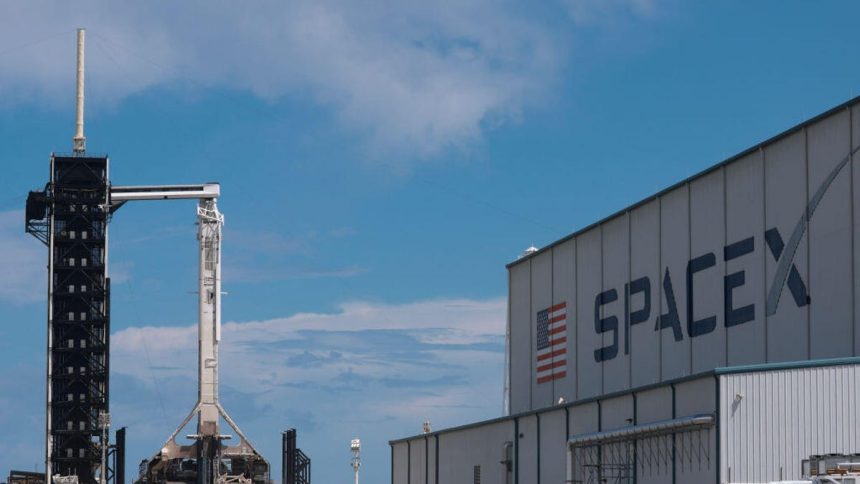SpaceX Faces Setback in Starlink Mission
This week, SpaceX encountered a significant challenge when it lost a first-stage booster during its latest Starlink satellite launch. The missed recovery marks an unusual break in the company’s streak of successful booster landings, highlighting the inherent risks associated with space exploration.
Understanding the Importance of Booster Recovery
Booster recovery is a crucial component of SpaceX’s operational strategy, allowing for cost savings and increased sustainability by reusing rocket parts. Prior to this incident, SpaceX had successfully recovered all its Falcon 9 boosters sent into orbit for several consecutive launches, showcasing their advanced engineering and meticulous planning.
Analysis of the Launch Incident
The exact reasons behind this particular loss are still under investigation. However, early reports indicate that technical complications or unforeseen environmental factors may have contributed to the failure. This event serves as a reminder of the unpredictability in aerospace activities, where even minor glitches can lead to significant outcomes.
Current Trends and Implications for Future Missions
As of 2023, space industry statistics show an increase in satellite launches—over 2,000 satellites were launched last year alone; many from various global entities aiming to establish extensive communication networks similar to that offered by Starlink. Despite this setback for SpaceX, demand continues to grow for reliable satellite services worldwide.
while this incident represents a disappointment for SpaceX and its admirers alike, it emphasizes the dynamic nature of aerospace endeavors. The company’s ability to adapt and learn from difficulties will undoubtedly shape its future trajectories in space exploration.





